I visited Dolaucothi Mines at the end of March, and this mine system dates back over 2,000 years and was in use by the Romans. It was mined until World War II, and it is a site managed by the National Trust today and no longer mined. I arrived for the tour of the mines, which are only on certain days throughout the year and which are worth going to in order to learn about the history of the mines and to go on a guided tour. I was able to learn far more about the site from the tour, although the mines are currently not accessible at all due to the bats that live inside the mines and safety concerns.
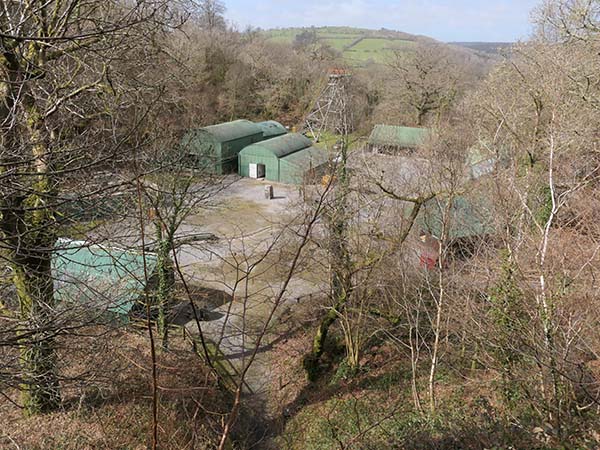
We were told about the rocks and how the Romans used the mines. There was a fort located not far away, which probably guided the mines.
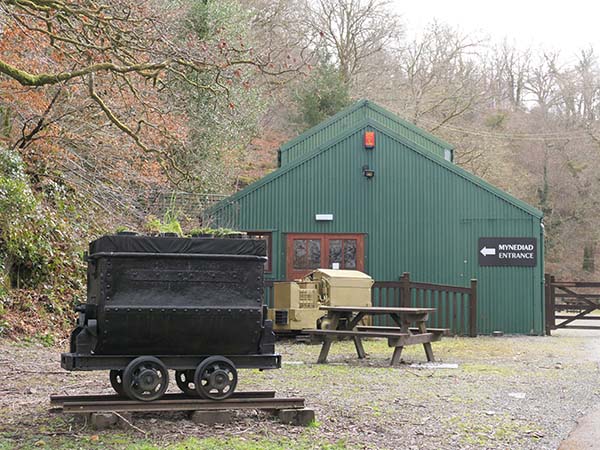
While I and a small group waited for the tour to begin, we looked at the small museum that held some Roman items and read some of the material. The entrance into the modern mines is via a shalf that is 146 metres deep, and the shaft was flooded, so pumps would have been in operation to pump out the water. The structure worked like a lift to bring up rock. The sheds on the other side were the inner workings, which was done via steam and then electricity.
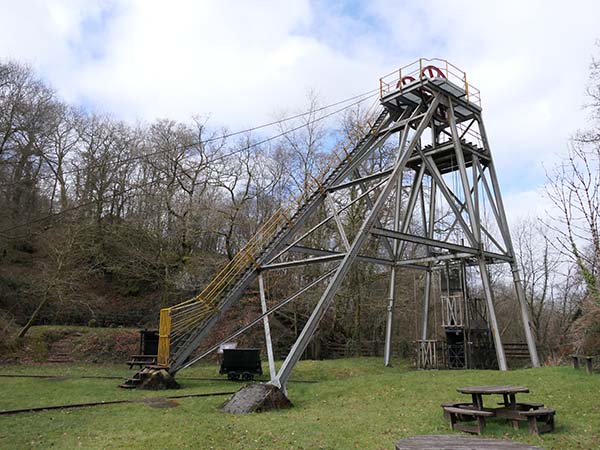
It was only when the modern shaft was dug that the Roman artefacts were discovered, such as a water wheel fragment to remove the water and Roman tools that were left behind. Before that, no one realised that the mines were started by the Romans.
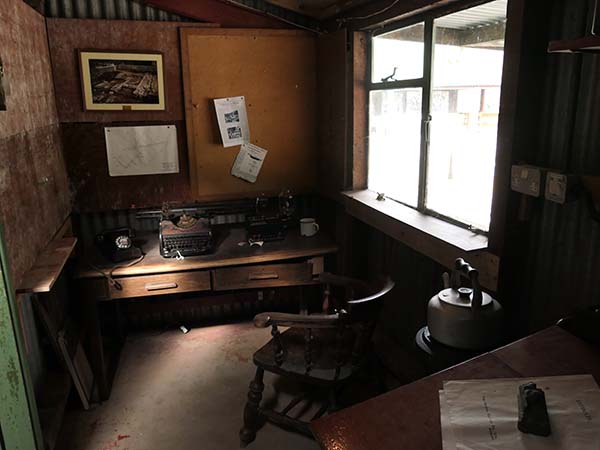
Inside the shed is an office dating from the time in the 1930s where the mines were used. The mining ceased by 1938.
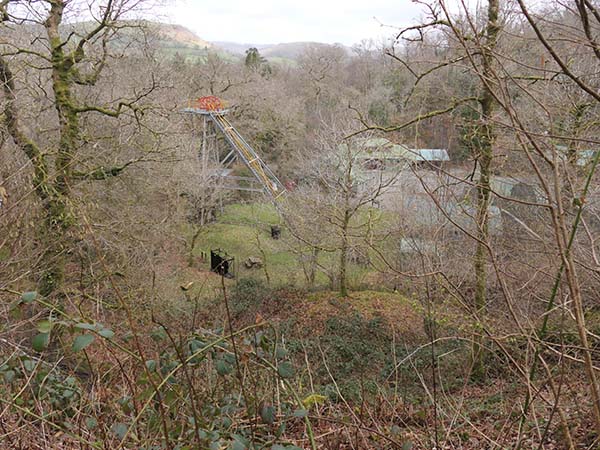
The tour started with a walk up the hill. We were told that the gold mining here likely started in the Bronze Age, and the Romans mined inside the rock for the gold veins. Vast amounts of soil and rock had to be moved and piled up, and it is not sure if those who did the labour were slaves or local people. Much of the dug tunnels have not even been explored due to the large size of the activity and parts of the tunnels collapsing.
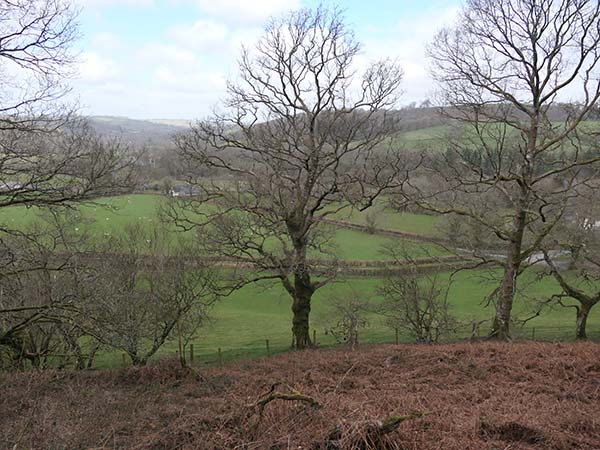
From the top of the hill are the views and the general location where the Roman fort would have been.
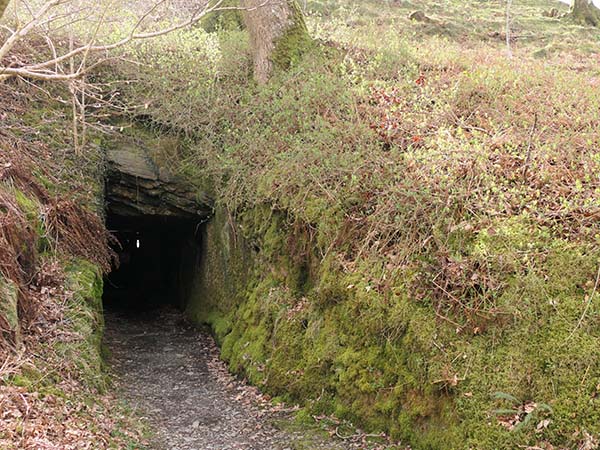
We came upon on tunnel, which is the lower Roman tunnels.
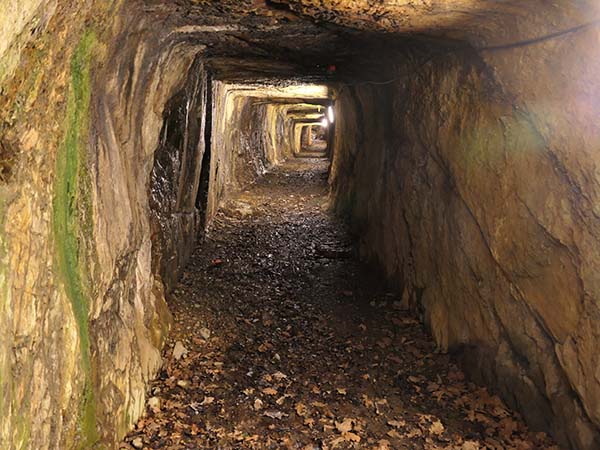

Further up the hill, we came to another tunnel (we did see the other side as well), where we peered through the gate inside.
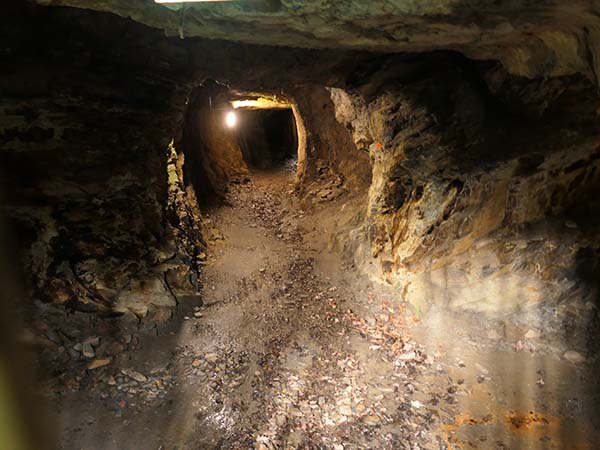
On the walk, we had some nice views and saw the boundary of the operations and mining carts.
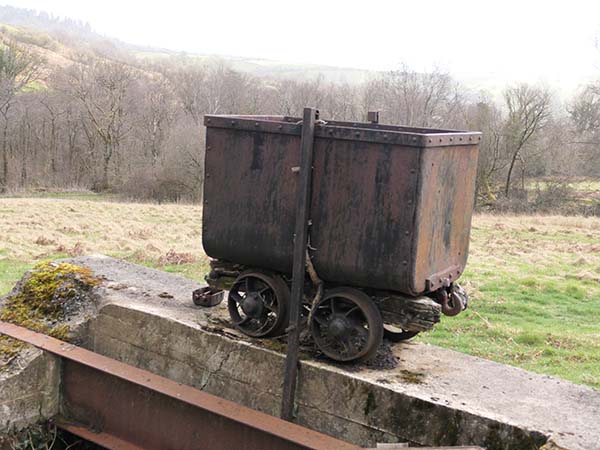
We crossed one place where the barracks used to stand for the local workers in the 1930s. From here, we started to walk down the hill and came across more entrances to tunnels or caves.

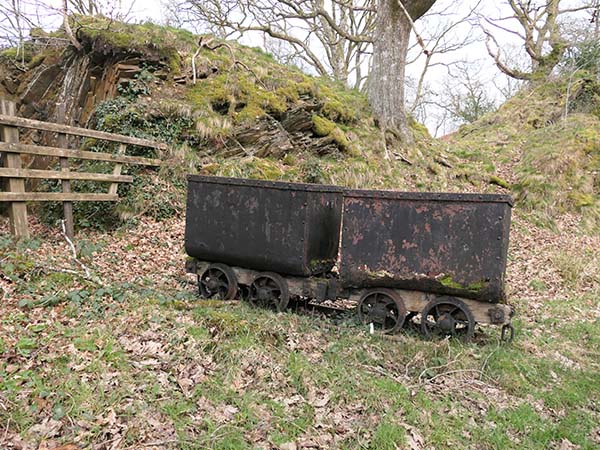
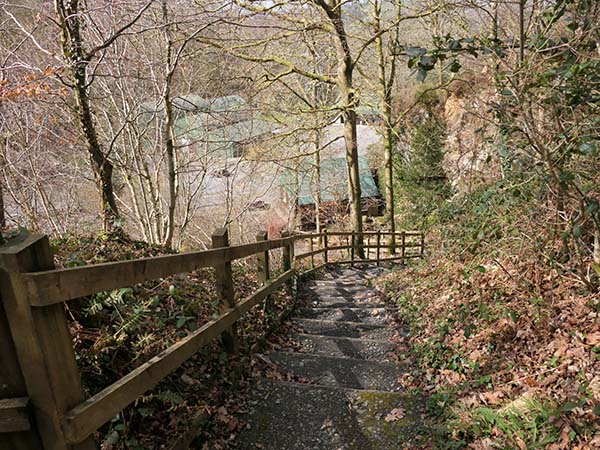
At the bottom, we had a wander around the equipment in the sheds.
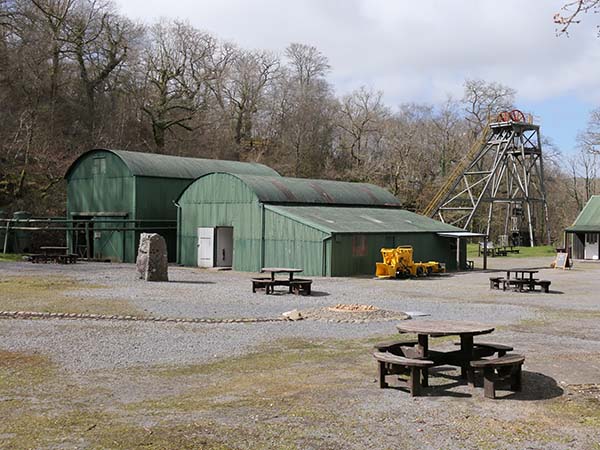
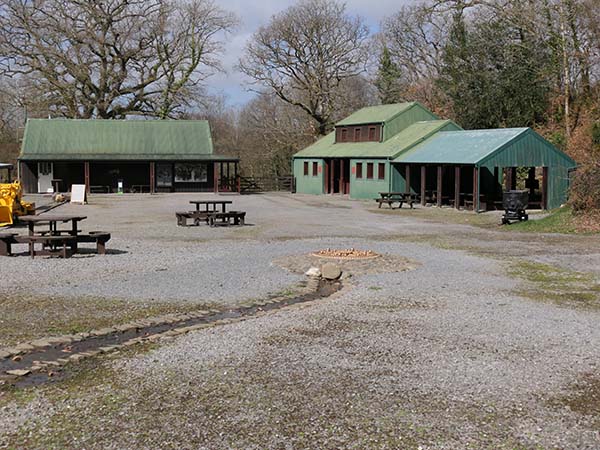
There is also a gold-panning location on site where visitors can try their luck. I found some, but it was Fool's Gold.
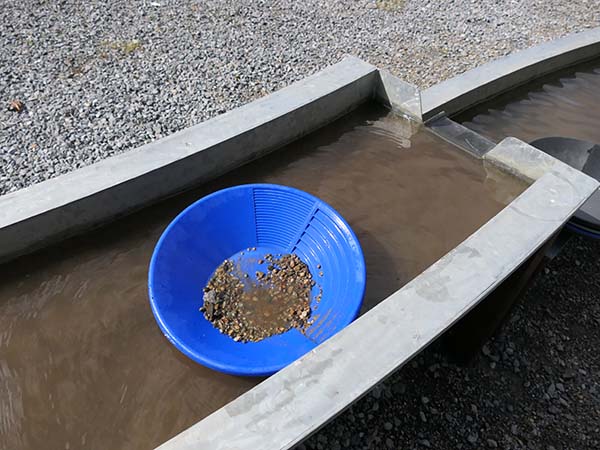
I enjoyed the visiting to Dolaucothi Roman Mines and learnd a lot. The tour guide was very good, and it would be interesting to visit the tunnels at some point.
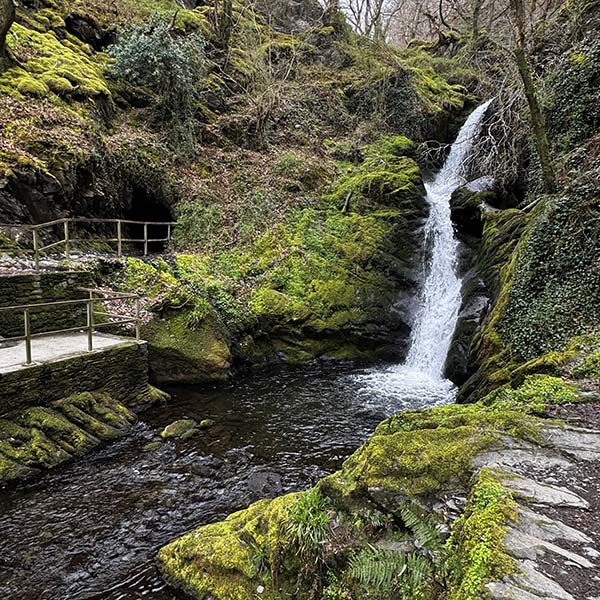
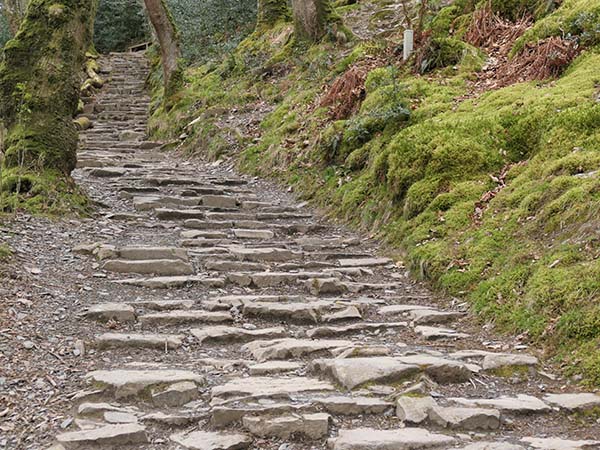

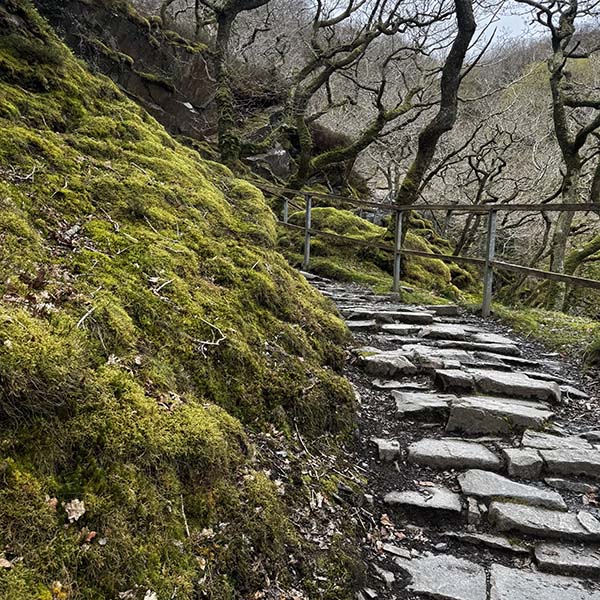

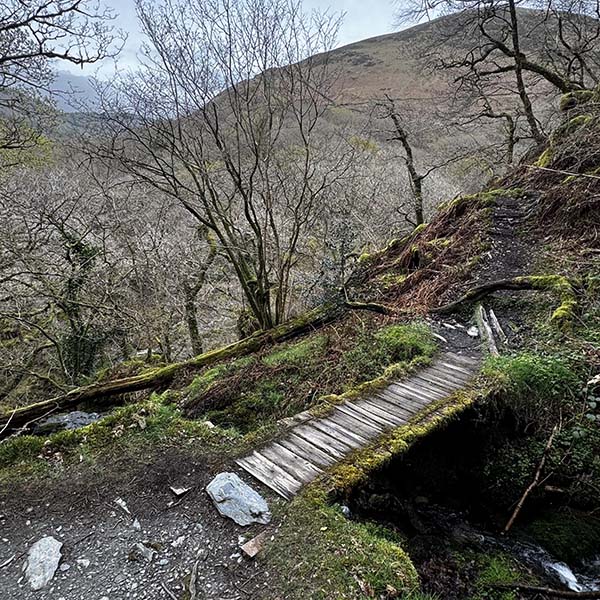
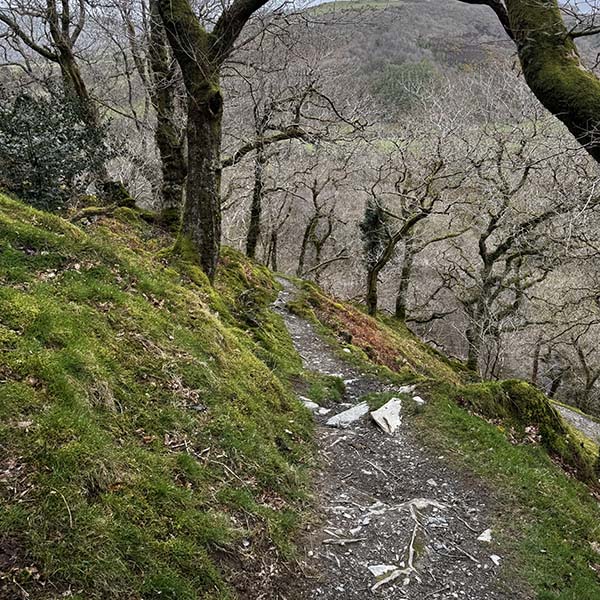
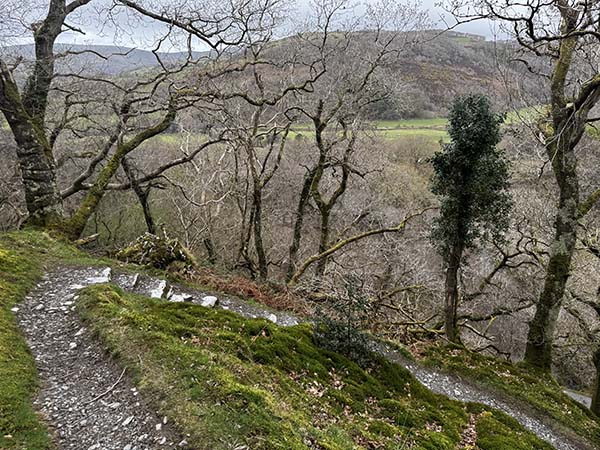
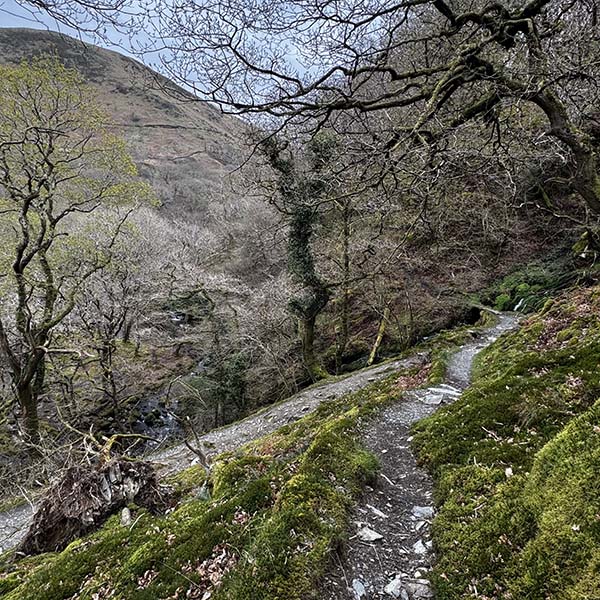
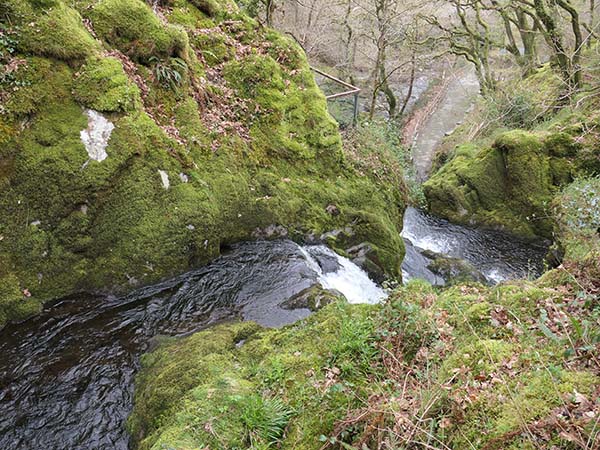
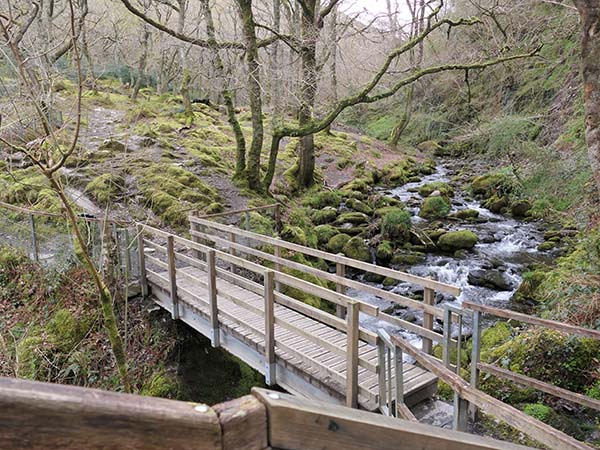
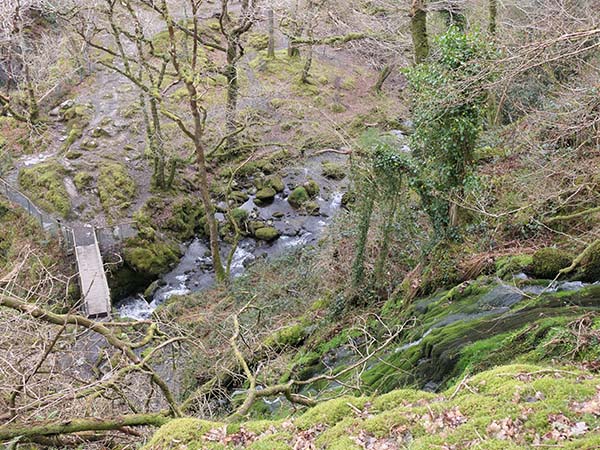
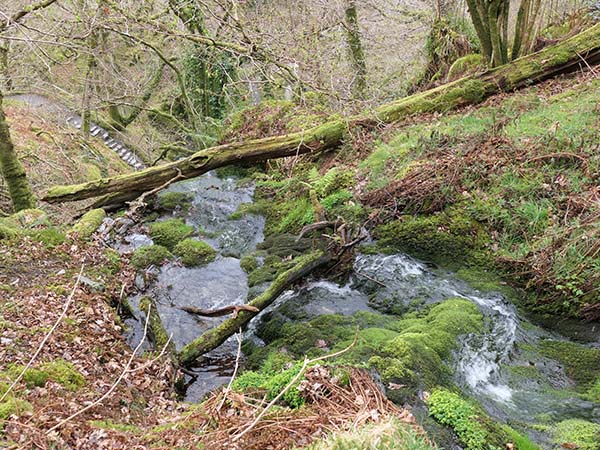

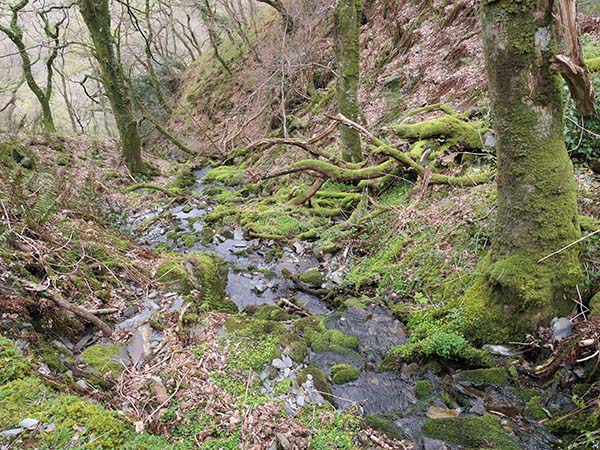
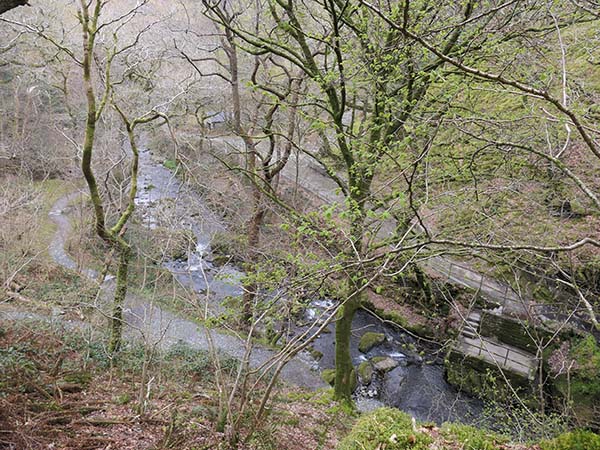
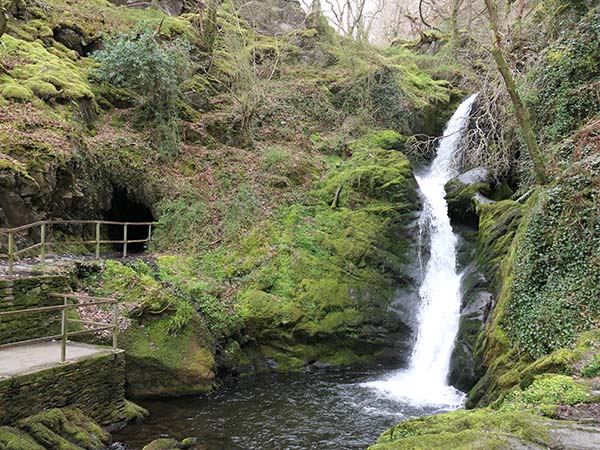
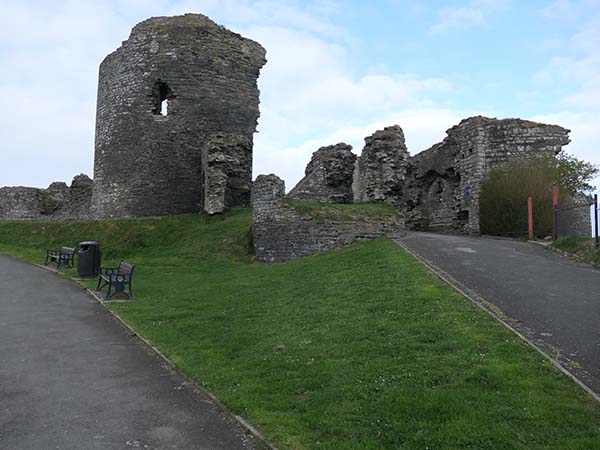
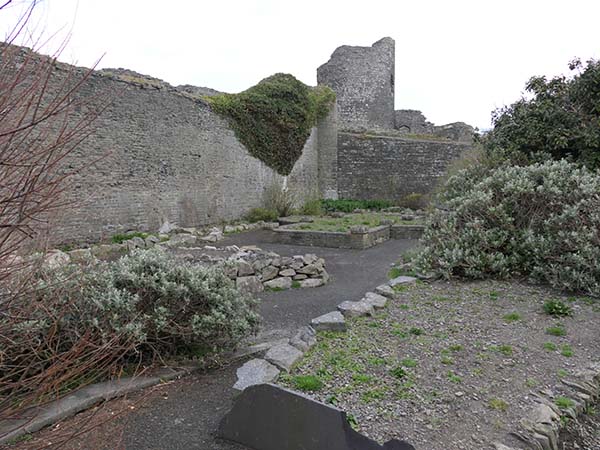
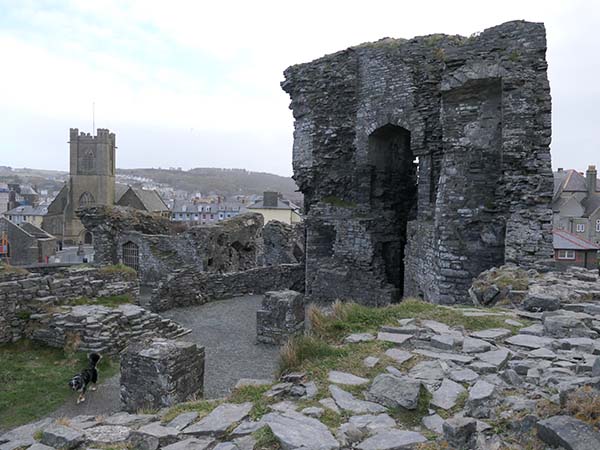
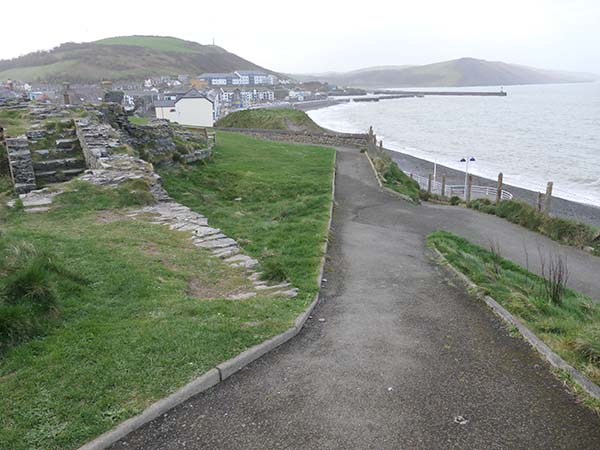
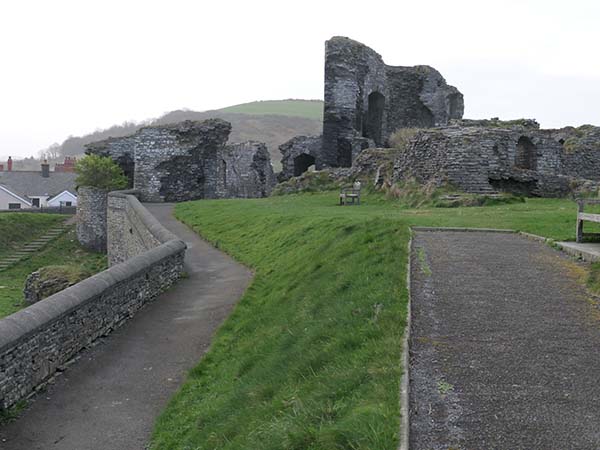
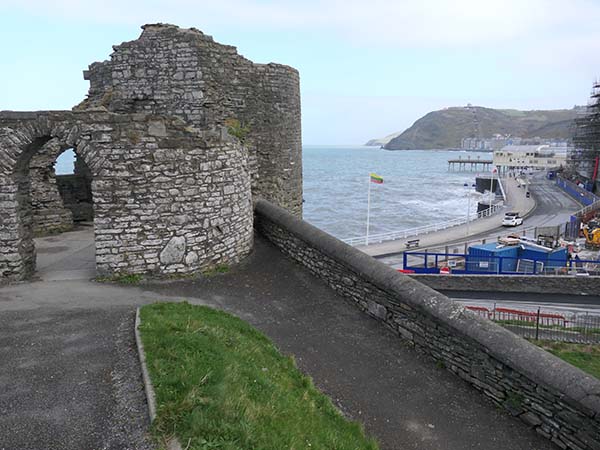
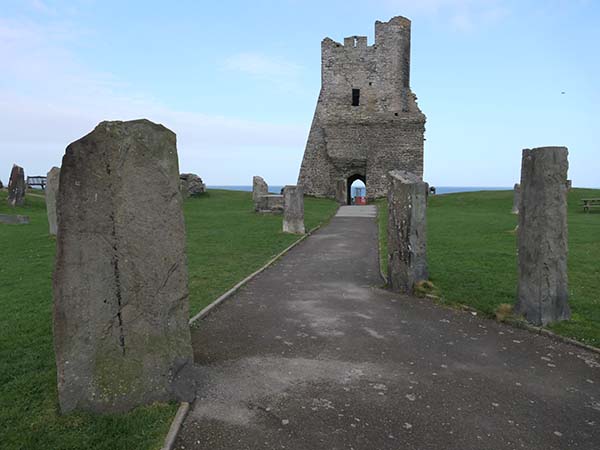
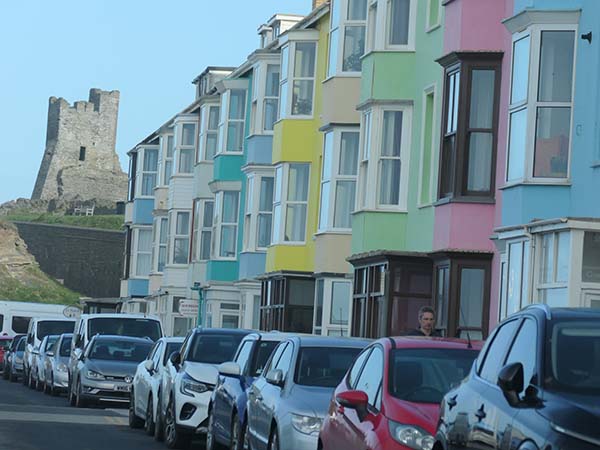

















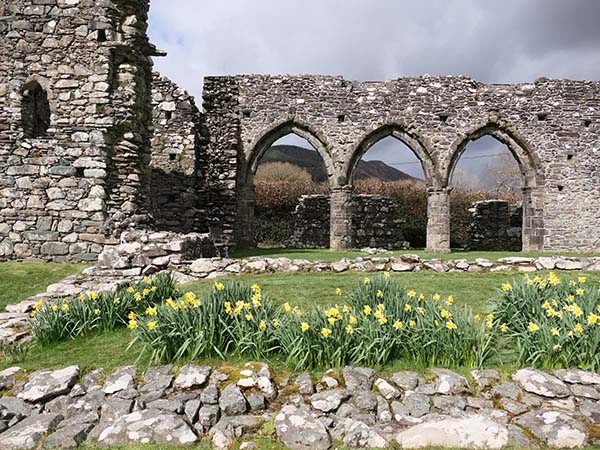
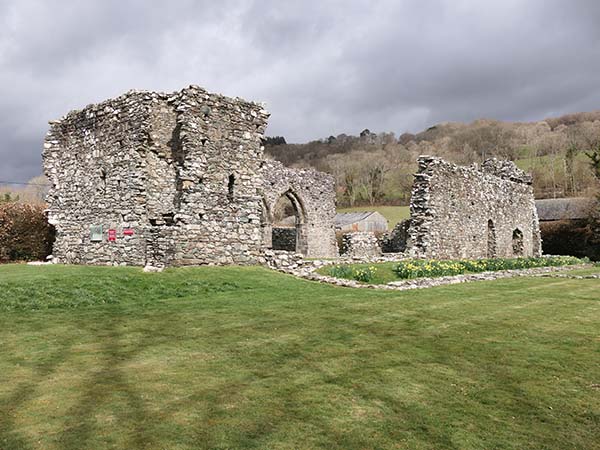
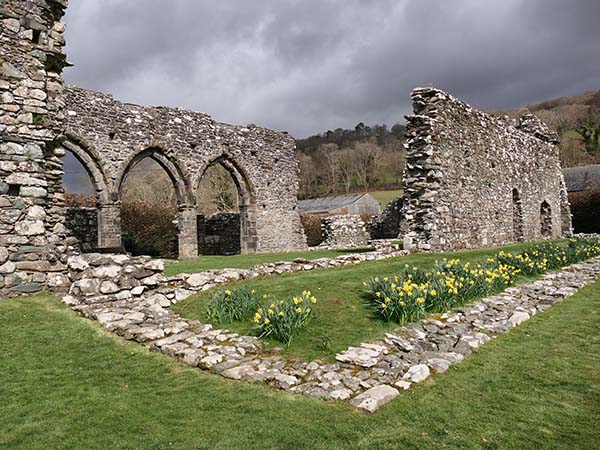
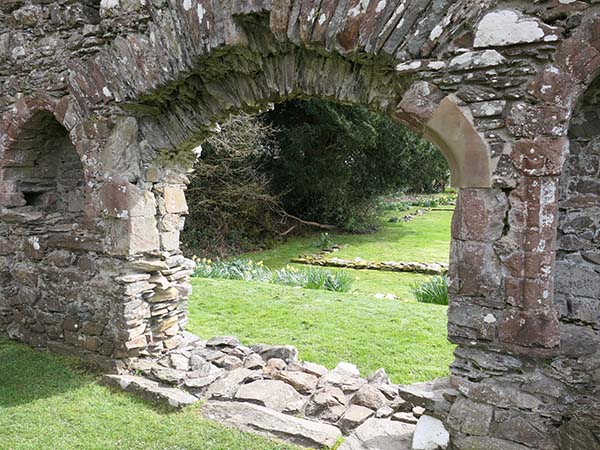
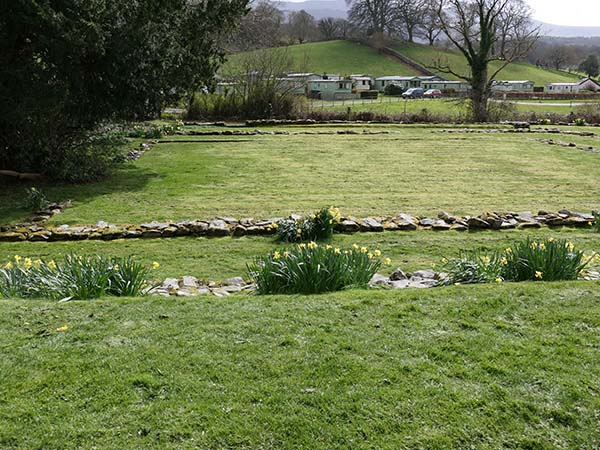

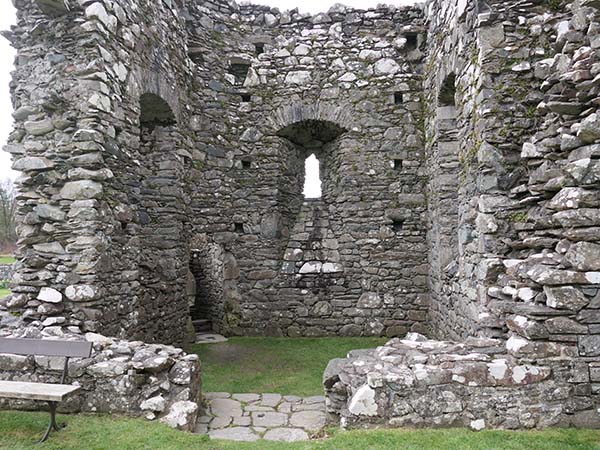
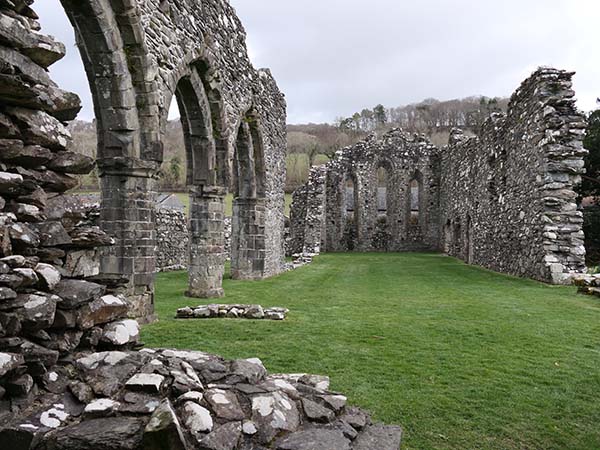
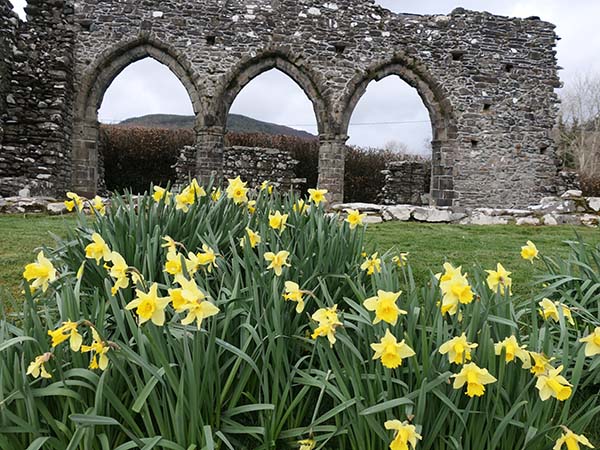
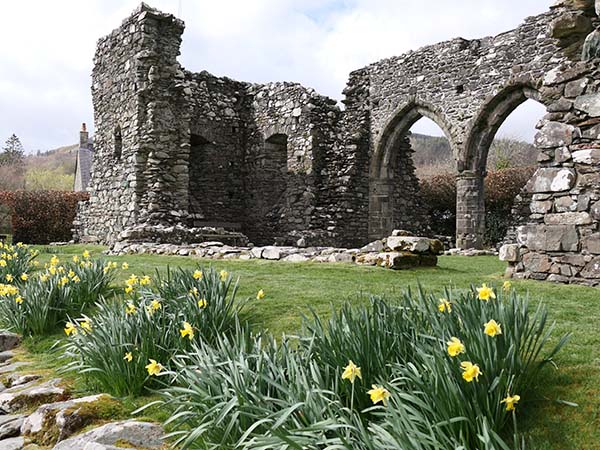
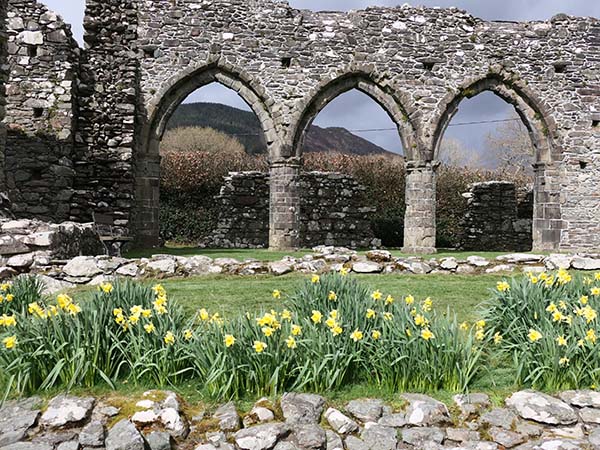
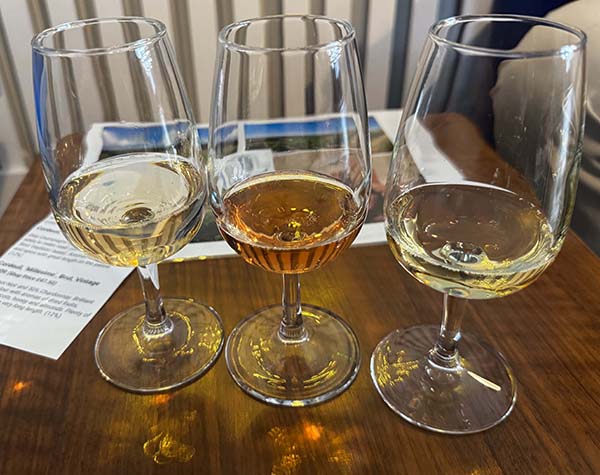
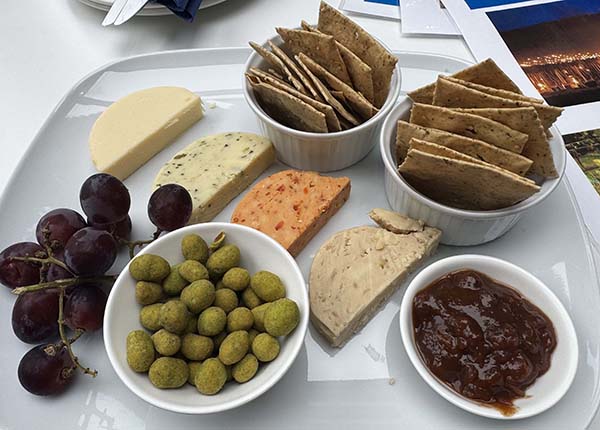
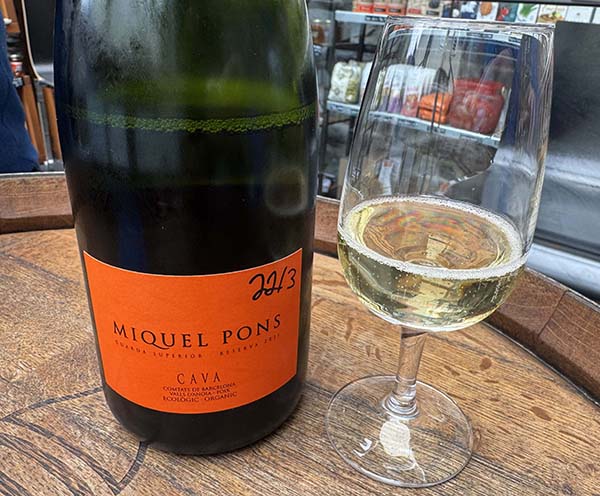
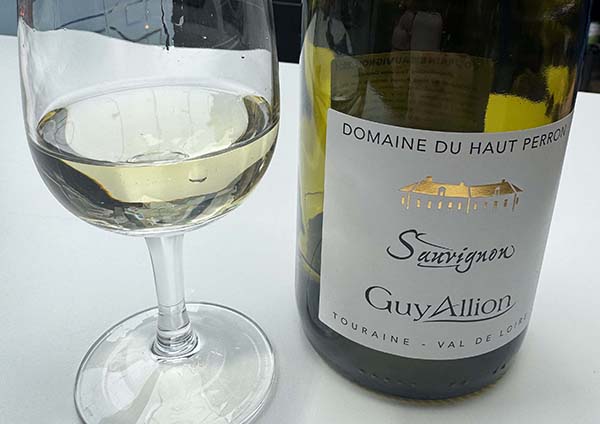

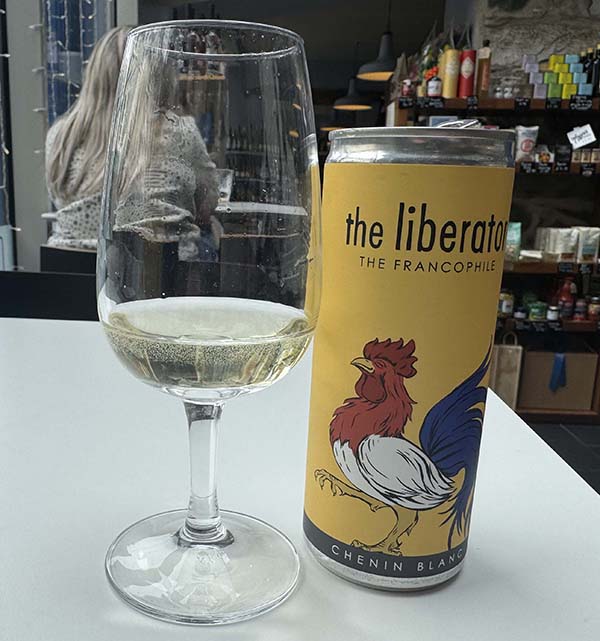

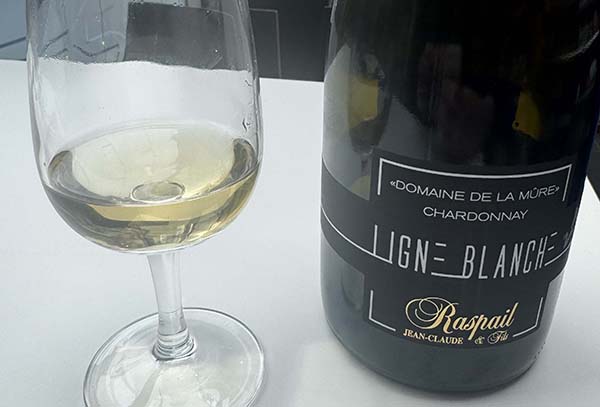
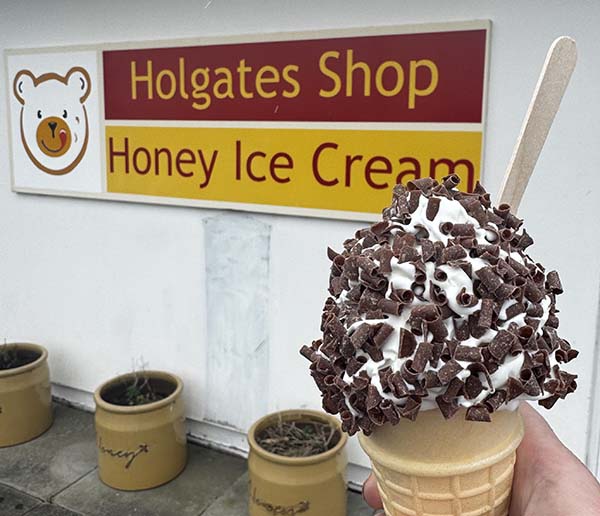
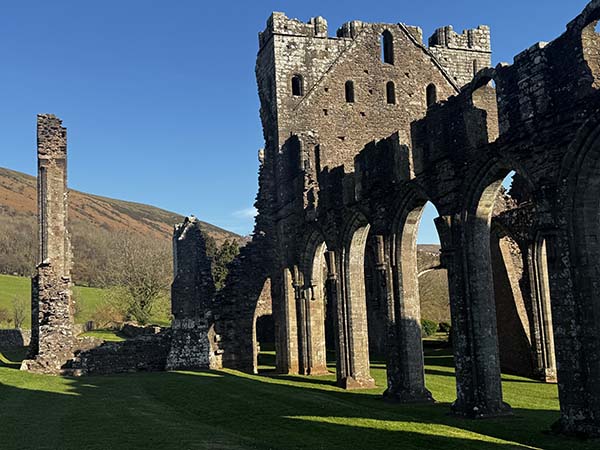
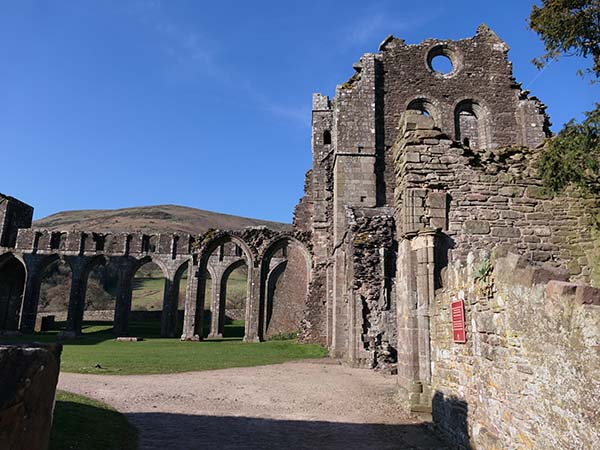
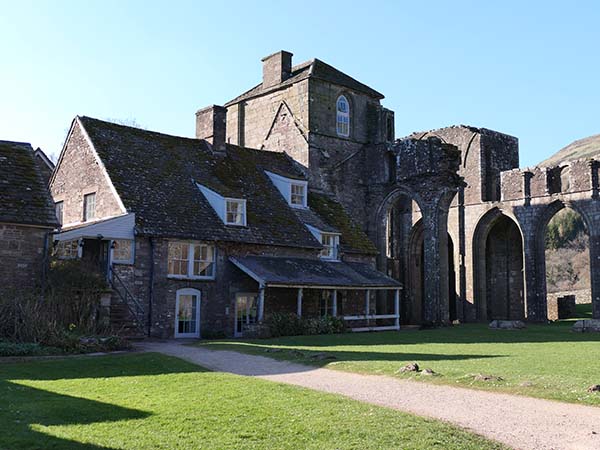
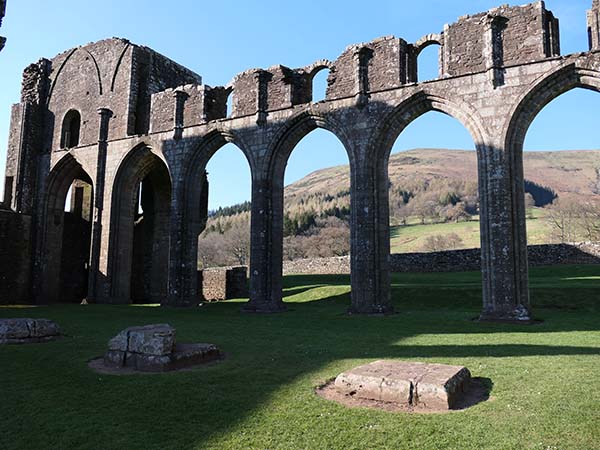
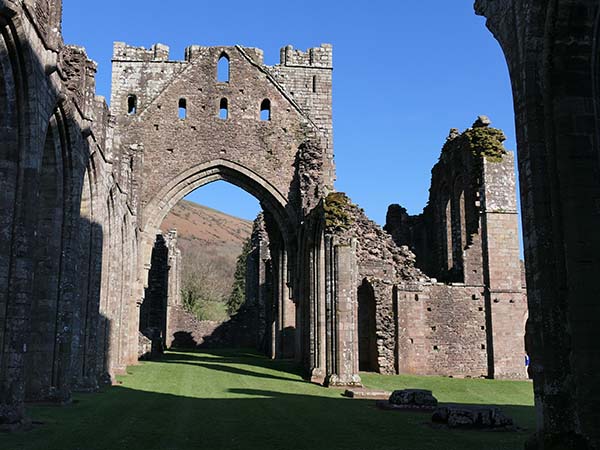
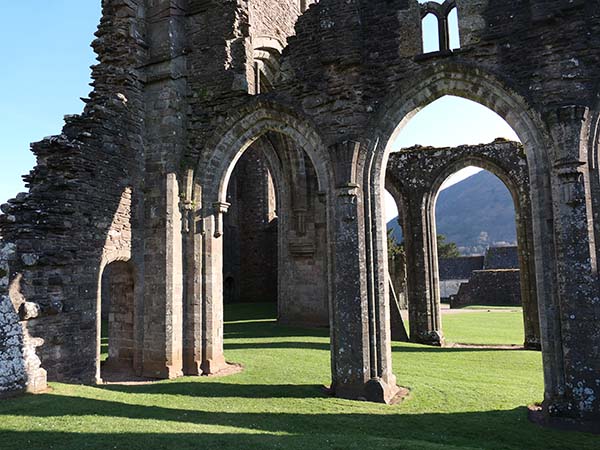

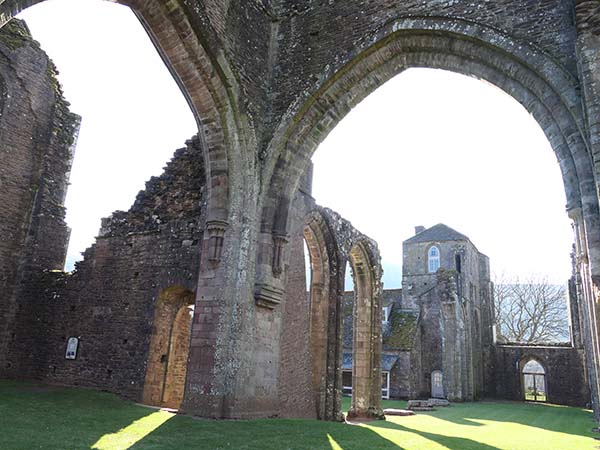

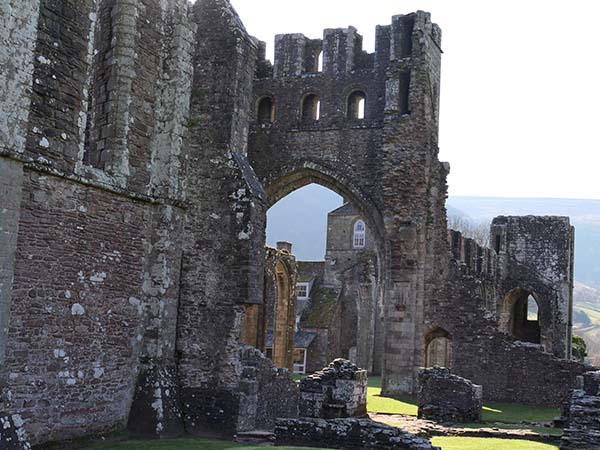

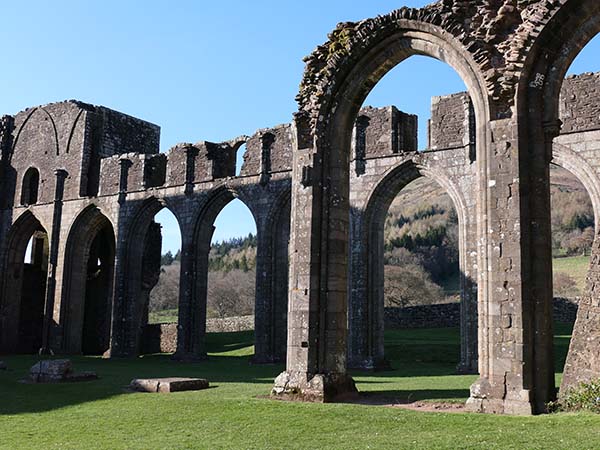
Recent Comments